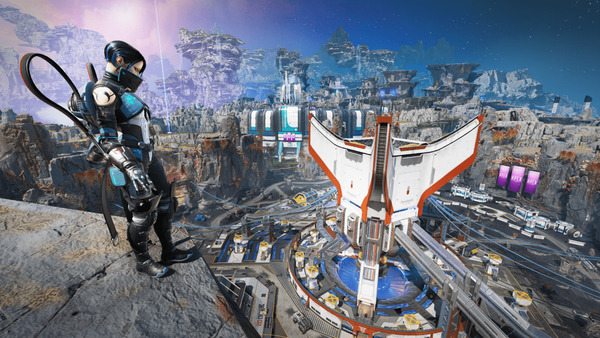Advertisement
Popular Now
Introduction
Apex Legends, developed by Respawn Entertainment and released in 2019, quickly established itself as a leading player in the battle royale genre. With its unique character abilities, fast-paced gameplay, and regular content updates, it has garnered a loyal player base. However, one of the most persistent issues plaguing Apex Legends is server stability. Frequent outages, high ping, and lag spikes can severely impact the gameplay experience, leading to frustration among players. This article examines the causes of server instability in Apex Legends, its effects on the player community, and potential solutions to improve the situation.
The Technical Backbone of Apex Legends
Understanding the Server Architecture
Apex Legends operates on a client-server model, where the game runs on dedicated servers hosted in various global data centers. This architecture allows for real-time data transmission between players and the server, facilitating smooth gameplay. However, the complexity of this setup means that any issues—whether related to hardware, network infrastructure, or software—can lead to disruptions.Load Balancing Challenges
One of the main challenges in maintaining server stability is load balancing. As the game attracts millions of players, especially during seasonal events or new content releases, the servers can become overwhelmed. When the number of concurrent players exceeds server capacity, it can lead to increased latency, connection errors, and even server crashes. Ensuring that servers can handle peak loads without compromising performance is a constant struggle for developers.Historical Context of Server Issues
Early Days of Apex Legends
Upon its release, Apex Legends experienced a surge in popularity that quickly stressed its server infrastructure. During the initial launch period, many players reported significant connectivity issues, including frequent disconnections and matchmaking failures. The developers acknowledged these problems and worked diligently to address them through patches and updates.Major Outages and Downtime
Over the years, several high-profile outages have marred the game's reputation. For instance, in March 2020, players faced a major server outage that lasted several hours, disrupting gameplay for thousands. Such incidents not only frustrate players but can also affect the game's competitive scene, as professional players and teams rely on stable servers for practice and tournaments.The Impact of Server Instability

Player Frustration and Community Sentiment
Server instability has a profound impact on player sentiment. Frequent lag spikes and disconnections can lead to frustration, particularly in a fast-paced game like Apex Legends where split-second decisions can determine victory or defeat. Players often take to social media and forums to voice their complaints, creating a cycle of negativity that can tarnish the game's image.Influence on Competitive Play
In competitive play, server stability is even more critical. Tournaments and ranked matches demand high performance and reliability, as any disruption can alter the outcome of a game. Players and teams have expressed concerns over the fairness of matches when server issues arise, leading to calls for improved infrastructure and reliability from developers.Respawn's Response to Server Issues
Immediate Fixes and Updates
In response to ongoing server problems, Respawn Entertainment has implemented various immediate fixes, including server optimizations and emergency maintenance. Developers actively monitor server performance and utilize player feedback to identify areas for improvement. Patches aimed at addressing specific server-related bugs are regularly rolled out to enhance stability.Long-Term Solutions and Infrastructure Upgrades
Beyond immediate fixes, Respawn has also focused on long-term solutions to improve server reliability. This includes investing in additional server infrastructure, enhancing load balancing capabilities, and optimizing network code. As the player base continues to grow, these investments are crucial to ensuring a seamless gameplay experience.The Role of Community Feedback


















